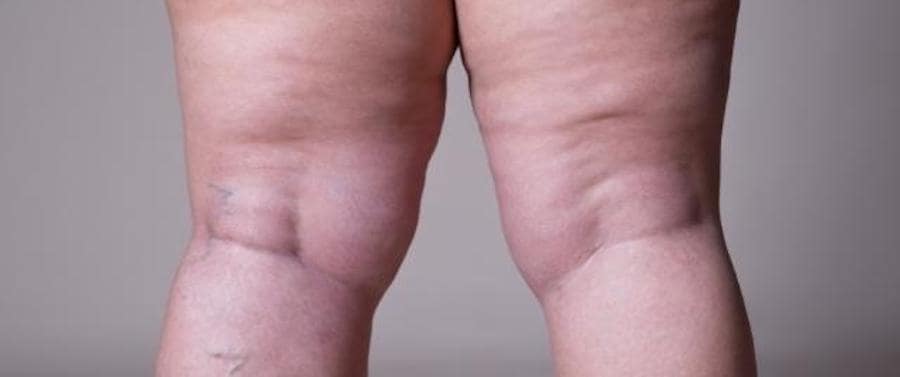
The accumulation of fat on the body is not a welcome sight for most people so they often turn to exercise or diet to eliminate the excess fat. Unfortunately, it is estimated that one in nine adult women experience an abnormal amount of fat in the lower part of the body that can also be painful to them. This condition is known as lipedema and it causes fat to accumulate in areas such as the thighs, buttocks, and calves on the lower section of the body. In this article, the story of one California woman will be explored as she shares the details about her long journey to relief from the condition.
Lipedema can cause an extreme amount of pain and even impair the mobility of some of those who suffer from the condition. In an effort to raise greater public awareness about this medical condition, Molly Friar, a fifty-three-year-old event planner from California, spoke with a reporter about the length of time it took to have the condition diagnosed as well as what she refers to as her “freedom.”
Friar was only eleven years of age when she began to notice a difference in her body from those around her. According to Friar, “The lipedema itself is governed by hormone changes, so that’s when things really took off for me. My legs were different from every other girl in my class, and I started to get a bit of a stomach in my lower abdomen.”
Her medical situation was different from others with the condition because she is adopted. In other words, she did not have any knowledge of her genetic family history that could have predicted this condition. “I don’t have pictures of my family to look at, to see a grandmother or an aunt or other women in my life that were affected by it.”
Due to the emergence of the condition, Friar felt “completely out of place” since every other person in her family was “super skinny.” Her parents decided to put her on a program from Weight Watchers at the age of twelve and she also spent her younger years working out on a daily basis including aerobics classes and biking.
“That’s absolutely where I started a battle of shame around my body – something I couldn’t control. I would eat less or not eat, and exercise more, and do all the things I could think of to outpace something that I didn’t know existed. She went on to add, “I always felt like there was a person inside of me who was thin and just wanted to get out.”
Along with a battle with her body image, Friar also experienced extreme pain with the condition as lipedema can cause inflammation and easy bruising. She explained the condition as running a hand over skin that feels like touching a rocky beach and being able to “feel the nodules like pebbles under the skin.” There are additional symptoms of the condition, and they include excess fatigue, swelling, issues with trying to walk, vein disease, and a heavy feeling in the legs.
Friar made the decision to figure out what was happening to her body when she lost fifty pounds at the age of forty-six. However, she didn’t lose any centimeters in her calves. Online research led her to viewing photos of women with lipedema. The photos showed abnormal fat deposits in the lower bodies of the women with the condition.
“In that moment, I cried – it was like looking in a mirror. I felt validated and relieved and ecstatic – I finally had an answer.”
Her joy at the discovery did not last long once she realized the condition did not have a cure and patients “have to try to battle” the medical condition throughout their lives.
Thankfully, there is a medical option that has been shown to lessen some of the symptoms associated with lipedema. There is a surgical procedure that uses liposuction to remove underlying fat nodules in the treated area.
Friar had three surgeries and they included surgery on the front of her legs, a procedure on the back of her legs, and surgery in the area of the stomach. “For me, the surgery was life changing. I feel it changed the game for me – it extended my life and I gained back probably 75% to 80% of my mobility.” While each surgical procedure included around six weeks of recovery time, Frair says “I would do it 1000 times over.”
She also made changes to her diet that have improved her quality of life. “The optimal diet for me is gluten-free and dairy-free, with no added sugars, no processed foods, low salt and very little alcohol. She also wears medical-grade compression garments at night and compression leggings that are lighter during the day to reduce excess fluid in the body and lessen the amount of inflammation she experiences.
Friar says her life has changed for the better and she has “newfound freedom” thanks to her restored mobility. Her goal is to raise awareness about the condition among patients and doctors because “It’s something we need to be talking about. It’s such a visual thing, involving our bodies and how we present ourselves to the world, and it’s something that we can’t control. I’m willing to shout from the rooftops if I can help even one person recognize the symptoms and be able to help themselves.”
- MA